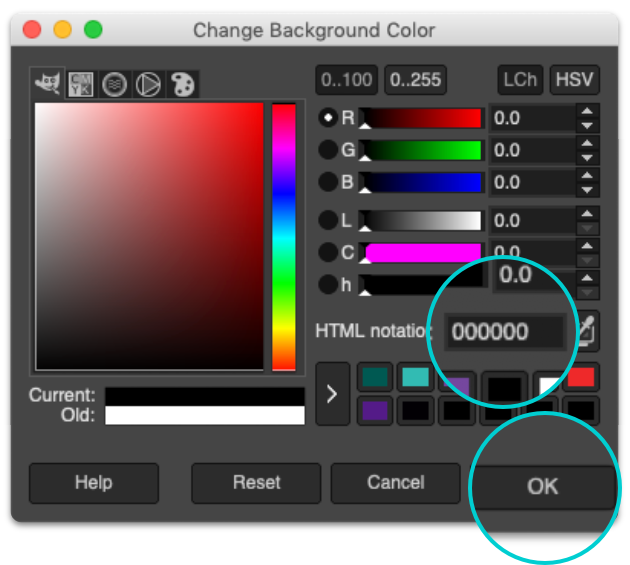

Now, it is time to select the background. The change should be visible under the Layer tab. To add this channel, go to Layer > Transparency > Add Alpha Channel. It contains two circles, one inside the other, on top of a flat-colored background. If the target image has a solid-colored background, then removing the background will be easier.įor this demonstration, I have created the following image. For example, putting a transparent image on top of a yellow image will have a yellow background. When the background is transparent, it takes the color and details of the new image. In image editing, removing the background of an image is one of the most common actions you will perform. How do you make the background of an image transparent? This can be achieved by removing the background of the image and keeping only the necessary elements in the forefront. This article shows you how to make the background of an image transparent in GIMP. Granted, GIMP is also a bit more complicated than conventional image editors, but not any more than Photoshop. GIMP offers an excellent free alternative to Photoshop. However, while Photoshop is a powerful and popular photo editor, it can be complicated and difficult to use for regular users. Note: If you save as a PNG file, be sure to select the ‘Save transparent pixel color settings’ option in the Save as PNG dialog.When it comes to image editing, Photoshop is the first name that comes to mind. This ensures that your image can store transparency data. In the Layer window (the one that shows your image), select Layer – Transparency – Add Alpha Channel.I usually use the Magic Wand / Fuzzy Selection tool (Select Contiguous Region) or the Select Regions By Color tool.

Select the appropriate selection tool in the tool window or from the Tools – Selection tools menu in the Layer window.

Tip: It’s easier if you zoom in (View – Zoom menu) to see finer details of exactly what you are selecting. Shift-click to add more regions / colors.


 0 kommentar(er)
0 kommentar(er)
